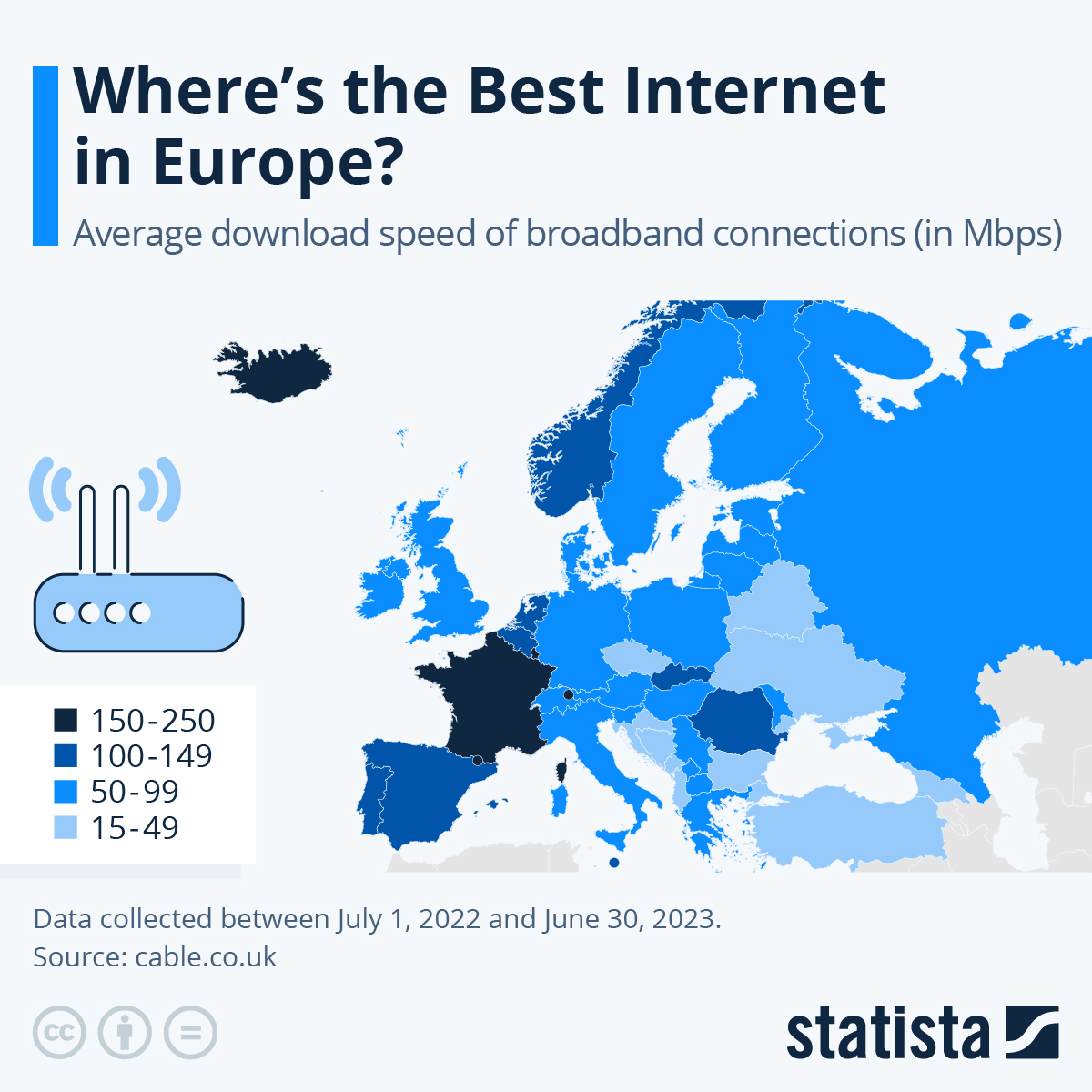Imagine this: You’re in the middle of a critical video conference, perhaps pitching your startup to potential investors, when suddenly the screen freezes, and your connection drops. Frustration builds as you wonder, who really has the fastest internet in the world? Is it the sprawling deserts of the United States or the tech-savvy hubs in Asia? This playful inquiry unearths an intricate web of technological prowess and competitive infrastructure.
As our world becomes increasingly interconnected, the quest for faster internet speeds intensifies, posing a challenge not just for consumers but also for nations aiming to establish themselves as leaders in technology. Speed has become a vital currency in today’s digital age, influencing everything from remote work to streaming services.
When we talk about fast internet, we often refer to download and upload speeds measured in megabits per second (Mbps). Countries like Singapore and Hong Kong have earned accolades for their blazing fast internet, with average speeds soaring over 200 Mbps. This feat can be attributed to the high penetration of fiber optic networks, often enabling blistering speeds that leave many Western nations in the dust.
But what constitutes ‘fast’? For an average user, even a connection of 50 Mbps feels ample for streaming videos or skimming through social media. Yet, for gamers or those involved in video editing, higher speeds are crucial to maintain seamless operation. The list of demands is growing, propelling internet providers to innovate continually.
However, the race for speed doesn’t come without its challenges. Urban centers often thrive on superior connectivity, leaving rural and underserved areas battling with disappointingly sluggish internet. This disparity raises a critical question: How can we bridge this digital divide while simultaneously striving for speed? The challenge lies not merely in obtaining faster connections but also ensuring equitable access for all demographics.
Countries worldwide are investing heavily in technology and infrastructure, vying for top spots in speed rankings. Regulatory frameworks, public-private partnerships, and community initiatives are pivotal in transforming the digital landscape. The competition is fierce, and while a few countries triumph at the forefront, many are putting measures in place to catch up.
As consumers, we wield power through our choices. Opting for providers that invest in infrastructure can influence the marketplace. In this context, it’s imperative to consider not only the speed but also reliability, customer service, and pricing. The looming challenge persists, fueling innovation as each nation seeks to outpace the others in this exhilarating digital race. Will your country seize the crown or fade into obscurity in the internet speed hierarchy? The answer to that question might just dictate the future of global connectivity.
